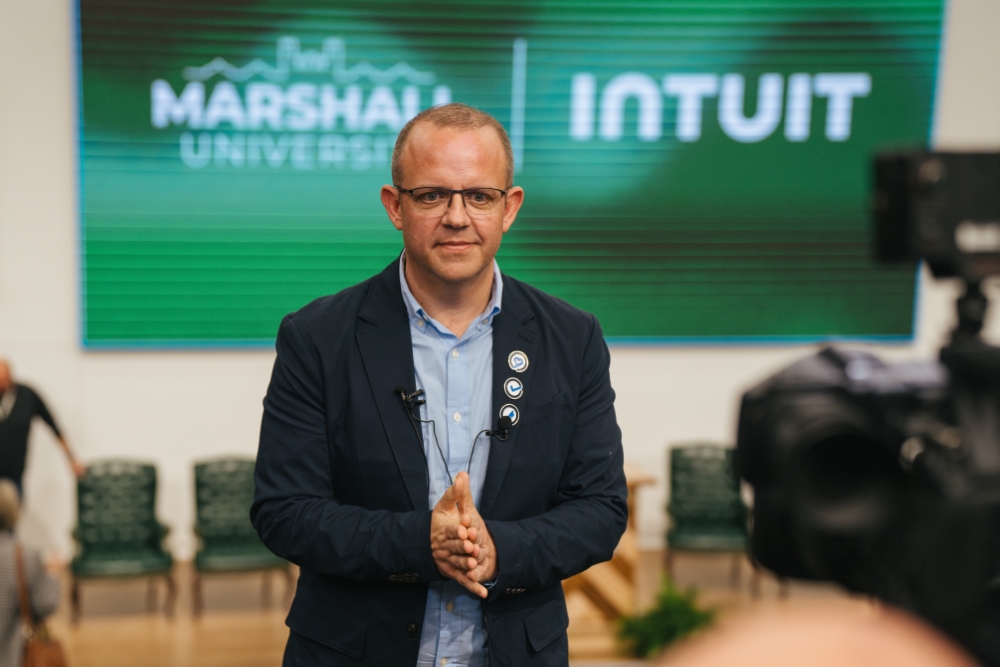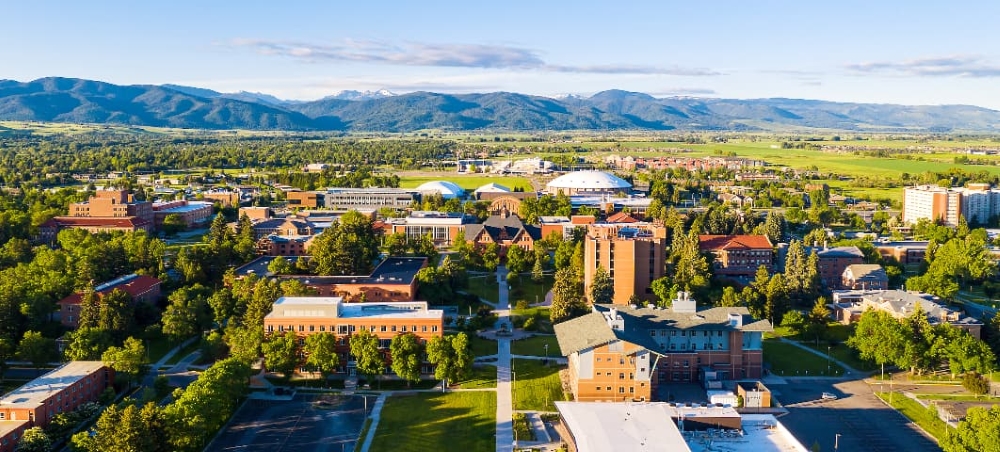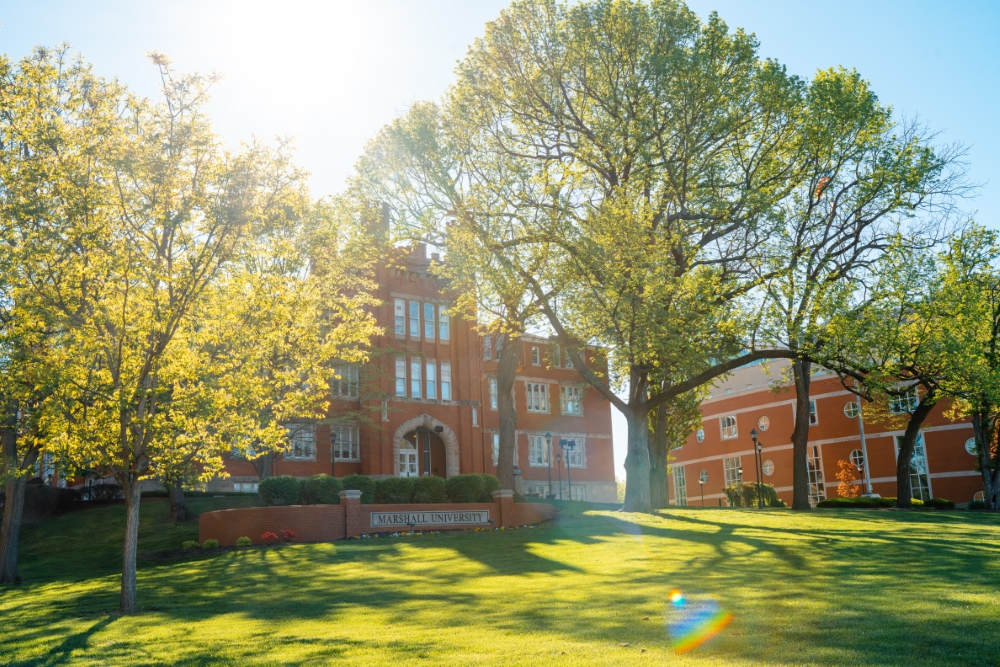Through partnerships, schools can be the engine for research, innovation and workforce development.
by Priya Baboo, Tim Hausman, & Vickie Palmer
Higher education is a powerful engine for upward mobility to students and families, economic growth through skilled workforce development and transformative innovation through start-ups — all aimed at enhancing the nation’s competitiveness. The positive impact of higher education as a conduit between research, workforce development and economic development cannot be overstated.
The 2025 federal policy changes in research funding remind us of dynamic opportunities to invest in the unifying power of the private sector with the innovative expertise of higher education institutions — a job particularly well-suited for academic corporate relations officers and university-based research parks. In describing the importance of corporate relations officers’ work, Linden Rhoads, former vice provost of tech transfer for the University of Washington, said: “The universities that figure out university-industry relations are the ones that will excel in the next 10 years.”
Research and development expenditures data support this approach. Federal dollars as a percentage of research expenditures have been declining gradually over the last several years. The National Center for Science and Engineering Statistics reported that the business sector surpassed the federal government as the largest funder of total domestic R&D in the 1980s with a similar milestone nearing for basic research expenditures in 2022. While federal research dollars remain high, the reduction in share of research funding is indicative of U.S. economic growth and significant increases in research investment by the business sector.
Among the most powerful and proven ways for campuses to advance this work is to strategically emphasize university-based research parks, technology hubs and innovation districts in tandem with robust university-industry partnerships.
Research parks already have proved to be job-creating machines. Research parks created more new jobs (23%) compared to advanced industries (8%) between 2012-2017, according to an Association of University Research Parks study. In addition, the study identified that the survival rate of a research park startup is 75% compared with a 49% national average over the first five-year lifespan.
University-based research parks have long proved to be effective in attracting corporate partners by spurring collaborative innovation, providing access to university resources and pooling talent among corporate, faculty and student researchers and innovators. Through these partnerships, universities are fostering student-faculty interaction and real-world learning, coupled with preparation for and development of career opportunities and pathways.
Snapshots from the Field
In spring 2025, Marshall University and Intuit announced a strategic partnership to enhance education and economic development in West Virginia, focusing on initiatives within the Marshall Innovation District. This collaboration — stemming from a longtime collaboration with past Intuit CEO and current Marshall President Brad Smith — will establish a Prosperity Hub to foster economic growth, attract investments and create jobs, positioning West Virginia as a leader in financial innovation.

“This partnership marks a powerful step forward in our shared values and mission to power prosperity for Marshall students, greater West Virginia communities, and for our Intuit customers,” said David Graham (pictured), senior vice president of Intuit Customer Success.
Photo courtesy of Marshall University
The Marshall Innovation District, a $200+ million initiative strategically located between downtown Huntington and Marshall University’s main campus, aims to drive economic development by uniting industry leaders and academic experts in an active environment for innovation. Intuit’s focus on financial innovation in its partnership with Marshall stems from a shared commitment to economic development and educational advancement in West Virginia. The collaboration aims to integrate financial education into the curriculum for both college and high school students, enhancing financial literacy and preparing a workforce that is adept in financial technologies.
In Wichita, Kansas, the Air Capital of the World, Wichita State University (WSU) is home to the WSU Innovation Campus and to one of the nation’s premier aerospace engineering programs. WSU fosters energetic university-corporate partnerships rooted in its long-term strengths in aviation and aerospace. This was further enhanced by its recruitment of Airbus in 2017 to open the Wichita Engineering Center on WSU’s Innovation Campus. Airbus currently houses more than 300 employees in its 90,000-sq.-ft. building, providing Airbus with cutting-edge research and innovation capability and providing WSU students with unparalleled academic, mentoring and career opportunities.

Montana State University’s Innovation Campus in Bozeman recently announced a partnership with Aurora, a leading technology company specializing in autonomous vehicle sensors.
Photo courtesy of Montana State University
Montana State University’s Innovation Campus recently announced a partnership with Aurora, a leading technology company specializing in autonomous vehicle sensors. Aurora Lidar aims to establish a presence on the Innovation Campus, furthering its R&D efforts in LiDAR (Light Detection and Ranging) technology while collaborating with Montana State researchers and students.
On another equally vital level, university-corporate partnerships propel regional and statewide economic and job growth. North Carolina’s Research Triangle Park, an ecosystem long known for robust university-corporate engagement, supports more than 143,000 jobs statewide on an annual basis and $25 billion in overall economic impact (as of 2024). On the other side of the country, University of Arizona (UA) Tech Park posts an annual economic impact of $2 billion while supporting more than 100 companies and 6,000 workers, making the UA Tech Park one of the largest employment centers in the state.
The bottom line is that higher education institutions remain fundamental drivers for inventing “the new” economic growth and the betterment of humankind. For corporations considering new regions in which to expand operations and drive business growth over the long term, now is the time to consider partnering with universities and their research parks and innovation districts. It’s a proven model for success.
Priya Baboo and Tim Hausman are co-presidents of the Network of Academic Corporate Relations Officers; Vickie Palmer is CEO of the Association of University Research Parks.
